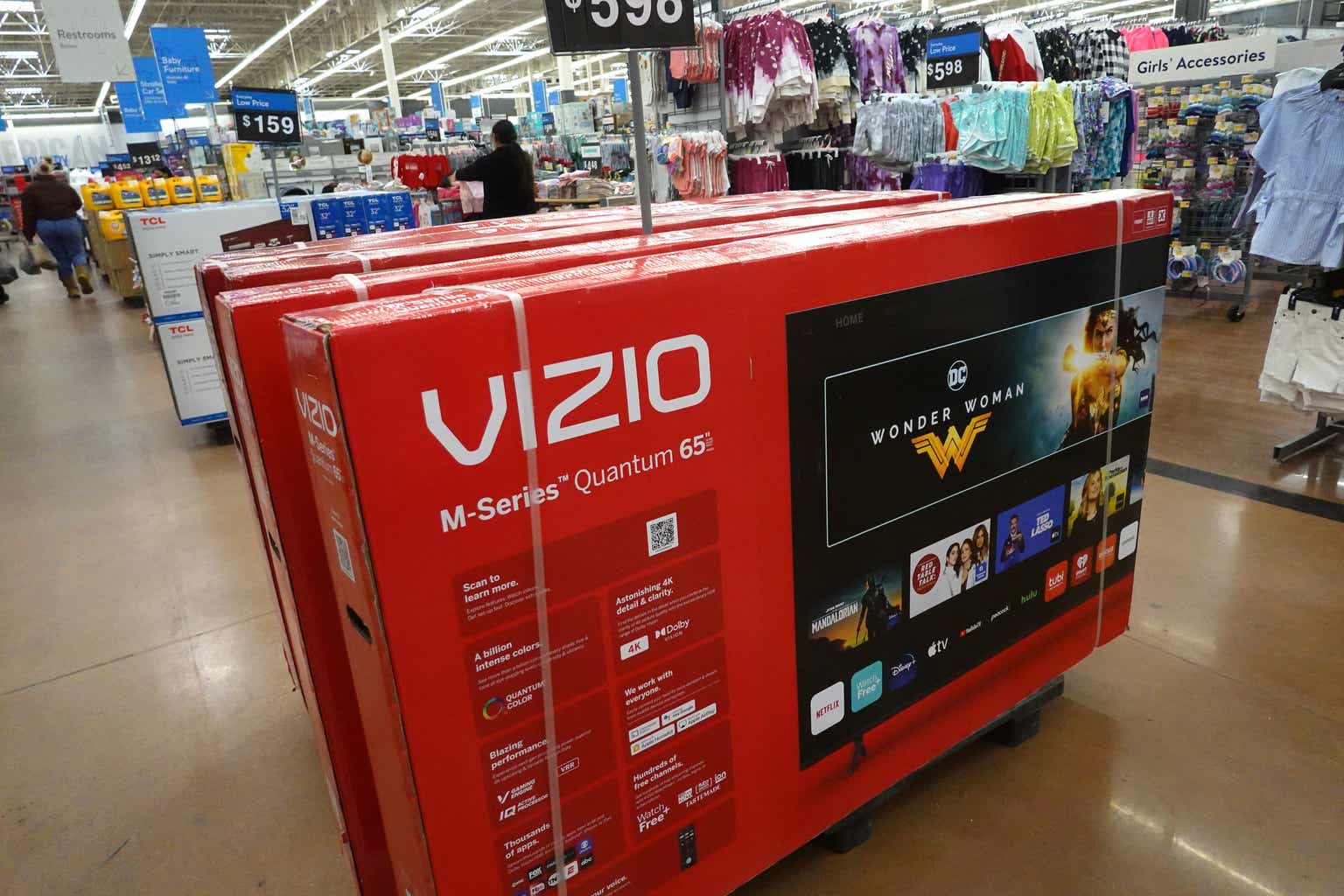In August of last year, I called Vizio Holding Corp. (NYSE:VZIO) a smart TV play, but wondered if it was a smart investment as well. Shares had come down 50% since its IPO, which at the time was about one and half year ago.
While the company has seen continued growth, and growth in the higher margin platform business, overall operating losses kept increasing. Even as the company showed some operating leverage over the summer, earnings appeared to be too minimal to provide fundamental support.
About Vizio
Vizio was based on the idea that the home should be the favorite place for everybody and that home entertainment should be available for all as well, with the Vizio smart TV allowing for watching of movies, TV, gaming and learning.
The company offers smart TVs, complemented by sound bars and the SmartCast operating system, improving the functionality of these TVs. In fact, the company sold some 80 million televisions and some 12 million sound bars over a near 2-decade long period. These devices were sold through major retailers which include the usual suspects like Amazon, Best Buy, Costco and Walmart, supporting interactive television players like Netflix, Hulu, Disney and Apple.
With revenues generated from hardware sales as well as advertising, data licensing and content distribution, the company was a massive play on cord-cutting.
Going public at $21 per share, the company was awarded a $3.5 billion enterprise valuation, applied to a business which generated an 11% increase in sales to $2.04 billion in 2020. The vast majority of these sales were low margin hardware sales, complemented by a 133% increase in platform revenues to $147 million. Operating earnings of $132 million worked down to earnings around a hundred million, about half a dollar per share.
The business model looked interesting, but the competitive field was continued to be on the move, with a constant need to update licensing and partnerships models as well, making it hard to see how high sales and margins would become over time.
By August of last year, shares had fallen some 50% to $10 per share. This came as 2021 sales a modest 4% to $2.12 billion amidst some decline in device revenues, as platform revenues more than doubled to $309 million again. Despite the growth in the higher margin activities, the company posted an operating loss of $30 million, due to a $134 million stock-based compensation expense, very much in connection to the IPO.
After posting similar revenue dynamics in the first two quarters of 2022, the company posted a first quarter GAAP operating loss of $13 million, although this turned into a $4 million profit in the second quarter. With a $1.7 billion enterprise valuation in August, realistic earnings were minimal and did not provide fundamental support to the thesis here. More so, I feared that consumers were not renewing TVs in the near term after having bought many during the pandemic, and that the competitive position kept changing.
Coming Down Further
Since August of last year, shares of Vizio have continued to come down, now trading at $6 and change, actually near the $7 mark.
In February, the company posted its 2022 results. Device sales for the year fell 24% to $1.38 billion with platform revenues up 55% to $478 million, although growth slowed down to 30% in the final quarter on that front. Amidst a 12% fall in full year sales to $1.86 billion, the company saw adjusted EBITDA be cut in half to $52 million, with GAAP earnings coming in around the flat line.
First quarter sales for 2023 fell 27%, amidst a 40% plunge in device sales and a mere 22% increase in platform sales, with falling device sales clearly depressing the platform revenue profile as well. Amidst these trends and tight expense control, the company was able to post breakeven results, but clearly these trends are not very encouraging.
With 195 million shares trading near $7 per share, the company still commands a $1.36 billion equity valuation here, as the valuation comes in around a billion if we factor in a $330 million net cash position. The story remains pretty similar compared to summer of last year. The company still trades below 1 times sales and earnings are still not exciting, due to continued declines in device sales, now hurting growth of the platform as well.
That being said, it could be applauded as well that the Vizio Holding business has managed to be continued to break even amidst falling revenue numbers here, but the reality is that it is still hard to become very upbeat on the business. The continued change in the mix (with ever-increasing platform revenues) has not resulted in profits, in part because sky-high platform revenue margins have come down a bit as well.
Hence, it becomes hard for me to become upbeat on Vizio Holding Corp. shares here and now, which is not necessarily a bearish call as the nature of the business make it a premium candidate for a strategic buyer, an outcome I am not willing to bet on.
Read the full article here











